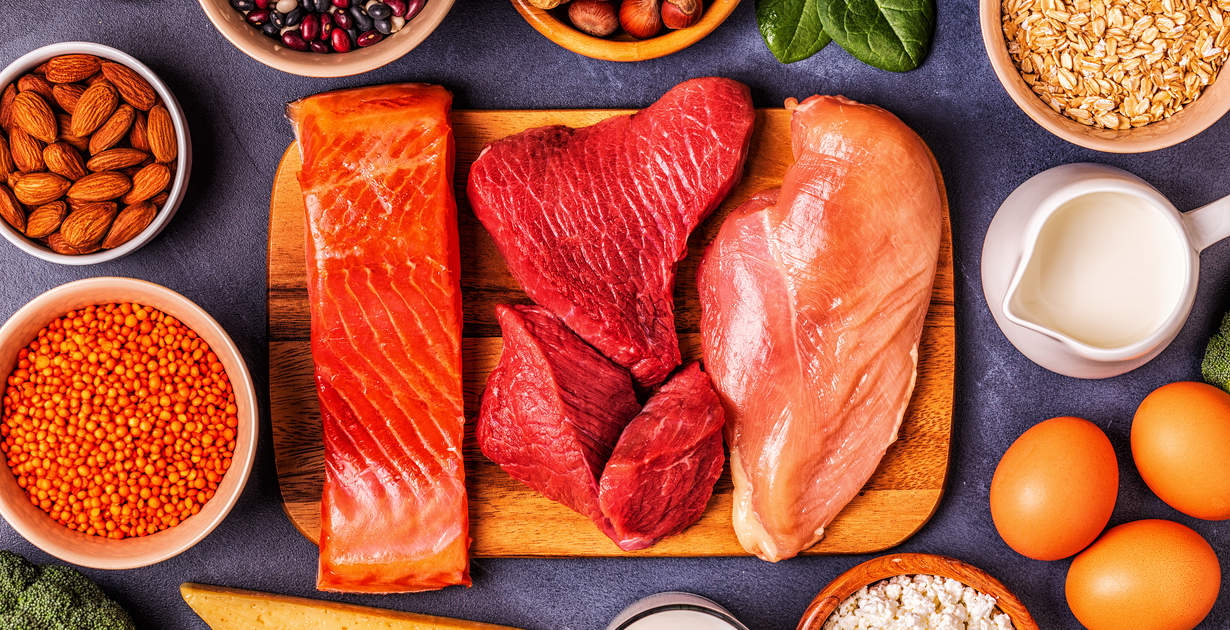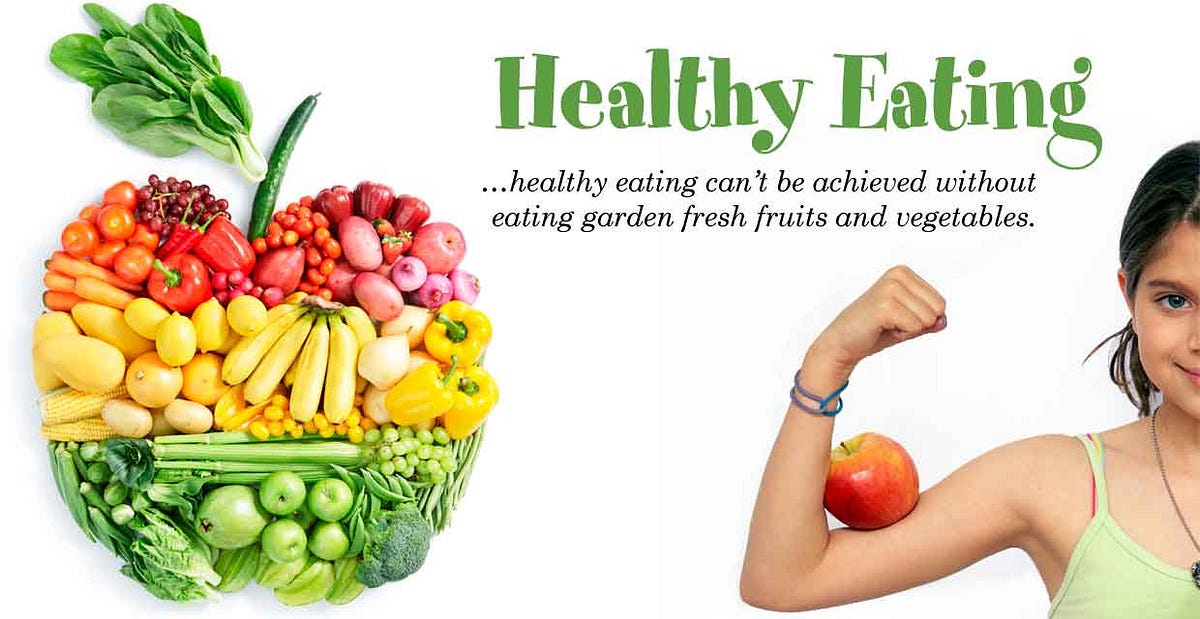I didn’t take on a challenge in April because I was hustling to finish up my “Big Book of 30 Day Challenges,” which turned out to be an intense, all-consuming process. I’m happy to report that I turned in my manuscript and am ready to tackle the month of May, AKA the fat burning challenge (or the slow carb diet).
[fruitful_sep]
After a long vacation, a stressful book deadline, and an upcoming cross-country move, my food and exercise habits have fallen apart. I’ve put on a few pounds, my workouts have grown inconsistent and sloppy, and I’m not feeling like my greatest self.
It’s time to get back on track.
Where to Start
I wanted an accurate and comprehensive starting point, so I went to DexaFit, a body composition testing center where I spent 90 minutes getting my body scanned, cardiovascular fitness measured (oxygen mask and all) and metabolic rate tested.
Results:
What does this mean?
- I have an average body fat percentage for a 36 year old female (range is 27%-34%). The ideal range is (22%-27%).
- The VO2 max test measures cardiovascular fitness, or your body’s ability to consume oxygen. The more oxygen you can use, the better your fitness level. I’m consuming 27.6 milliliters of oxygen per minute, which puts me in the “fair” range for women my age (actually, it’s borderline low). Translation: not good.
- Bone density measures the strength of the bones relative to people of the same age and gender. A score (called a T-score) above -1 is considered normal.
- Metabolic rate refers to how the body converts food into energy. Compared to a typical person of similar sex, age, height and weight, my metabolic rate is 7% slower, which means that I burn fewer calories than normal.
Overall, I am in “average-good” health, but I’d really like to be in the “great and supersonic” range. And so, my challenges over the next several months will be geared towards getting fit, healthy and strong once again – from improving cardiovascular fitness, enhancing energy, building muscle, and losing fat.
This month, I tackle the fat.
The Slow Carb Diet
The Slow Carb Diet is a fat burning diet made popular by author Tim Ferriss in his 2007 blog post How to Lose 20 lbs. of Fat in 30 Days… Without Doing Any Exercise, and later his book The Four Hour Body. I’ve done the diet before and I like it because it’s simple, measurable and realistic. More importantly, it works.
The short version: Avoid foods that promote fat storage including grains and sugar, and replace them with protein, vegetables, legumes and healthy fats.
The long version:
- Avoid “white” carbohydrates: All bread, pasta, rice, potatoes, and grains (or as Tim Ferriss says, “If you have to ask, don’t eat it”)
- Eat the same few meals over and over again: Especially helpful for breakfast and lunch; eat as much as you want, but keep your meals simple.
- Begin your day with protein: Try to get 30 grams within 30 minutes of waking up (for me, it’s a combination of lentils, eggs, spinach and Bulletproof coffee).
- Don’t drink calories: Drink lots of water and unsweetened coffee or tea. 1-2 glasses of dry red wine per night is allowed.
- Don’t eat fruit: Because fruit’s main sugar is fructose, it needs to be avoided in order to achieve fat loss. Avocado and tomatoes in moderation are the exception.
- Take one day off per week: And eat whatever you want!
Recommended foods:
- Proteins: eggs, chicken breast or thigh, beef, fish, pork
- Legumes: lentils, black beans, pinto beans, red beans, soybeans
- Vegetables: spinach, broccoli, cauliflower, peas, green beans, peppers, artichokes, zucchini, garlic, onions, sauerkraut and kimchee, avocado, eggplant
- Eat in moderation: nuts and nut butter, carrots, sweet potato, yams, chickpeas
How to Stay on Track
Eating this way, especially after 4-5 days, can feel restrictive. I fully expect to encounter days where struggle, so I must outsmart myself by making it very easy to stick to the program, and very hard to cheat:
- Meal planning: Plan breakfast, lunch, dinner and snacks for the week in advance and in detail. Make the vast majority of meals quick and easy to prepare so that I avoid situations where I’m scrambling for a meal.
- Environmental planning: Over-buy veggies, proteins and legumes and discard any and all tempting foods. The “junk” food that I buy (for the kids) include items I don’t much care for – like cereal and bagels.
- Contingency planning: Anticipate tricky events, commitments and other situations. Examples include:
- Hawaii vacation (3 days): One cheat day scheduled
- Memorial day barbecue: Cheat day scheduled
- Dinner with friends: Reserved a restaurant that offers diet-friendly options
- Scrambling for a meal on the go (because it will happen): Chipotle burrito bowl with no rice or cheese
- I find myself in a situation with no “approved” meal options, I’m perfectly fine not eating.
- Making it public. I’m sharing this challenge to hold myself accountable.
- One thing at a time. As antsy as I am to get back to the gym, the diet must be my sole focus. When we put ourselves in situations where we take on too many things, we sap our self control and exhaust our mental muscles. This makes us more likely to give up completely. In other words, if I get out and exercise, great, but by no means am I required to work out every day or even at all this month.
- Focus on the process: I don’t have a specific number of pounds, inches or body-fat percentage I want to lose in the next 30 days. My only goal is to follow the slow carb diet rules to a tee and focus on making smart food decisions.
- Tracking my progress: I will be weighing myself daily to monitor progress and, hopefully, use as motivation. At at the end of the month, I’ll return to DexaFit for a body composition scan.












